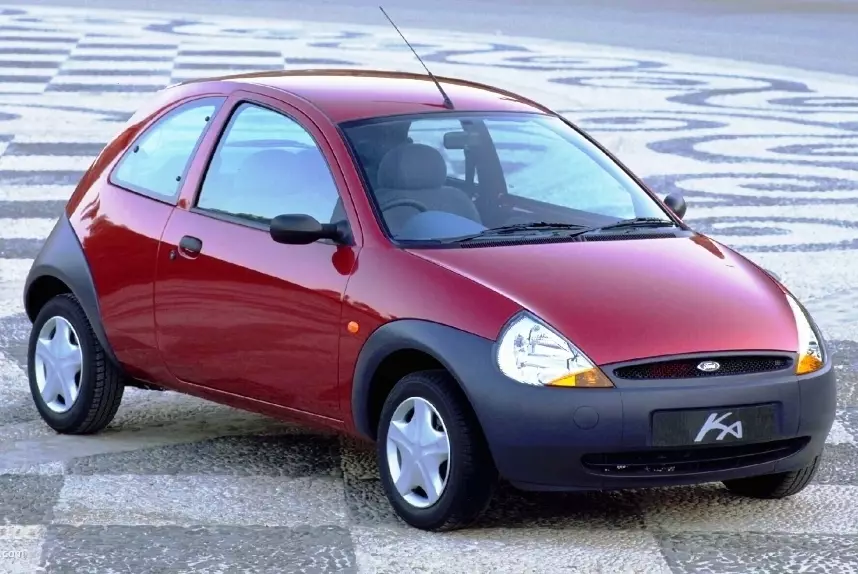Let's start at the beginning. The story of this concept started long before it was even thought of — and you probably know this story by heart and sauté.
In the 1960s, Henry Ford II, grandson of the Ford founder, tried to acquire Ferrari, a proposal that was promptly rejected by Enzo Ferrari. The story goes that the American was not happy with the monumental "deny" of the Italian. The answer did not wait.
Back in the US and still with this disappointment stuck in his throat, Henry Ford II saw in the mythical 24 Hours of Le Mans the ideal opportunity to get revenge. So he went to work and developed the Ford GT40, a model with a single purpose: to beat Maranello's sports cars. The result? It was arriving, seeing and winning… for four consecutive times, between 1966 and 1969.
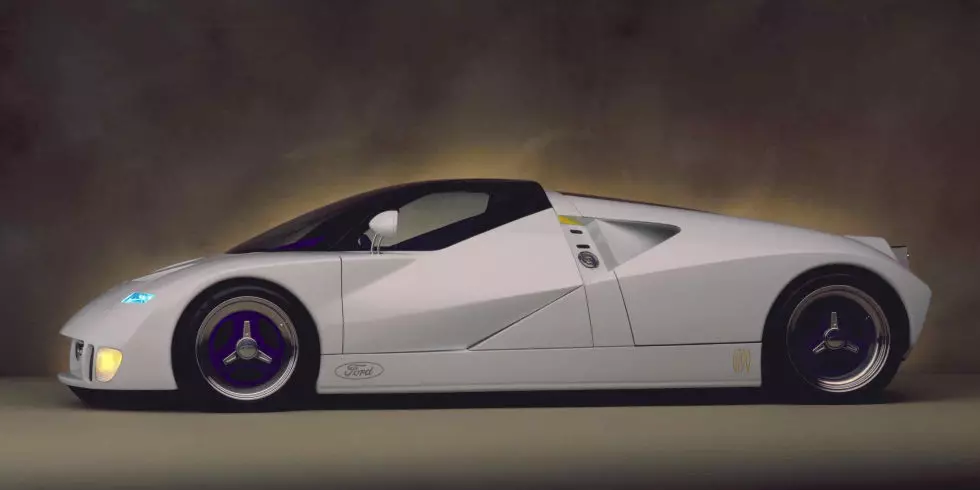
Nearly three decades later, Ford wanted to recall the successes at Le Mans and thus was born the Ford GT90 . Unveiled at the 1995 Detroit Motor Show, this is for many one of the best prototypes of all time. Why? There is no lack of reasons.
New "New Edge" design language
In aesthetic terms, the GT90 was a kind of spiritual successor to the GT40 to which aviation-inspired notes were added — more specifically on military planes invisible to radar (stealth), which happen to have nothing to do with it.
As such, the carbon fiber bodywork took on more geometric and angular shapes , a design language the brand dubbed “New Edge”. The Ford GT90 also sat on an aluminum honeycomb chassis, and in total weighed just 1451 kg.
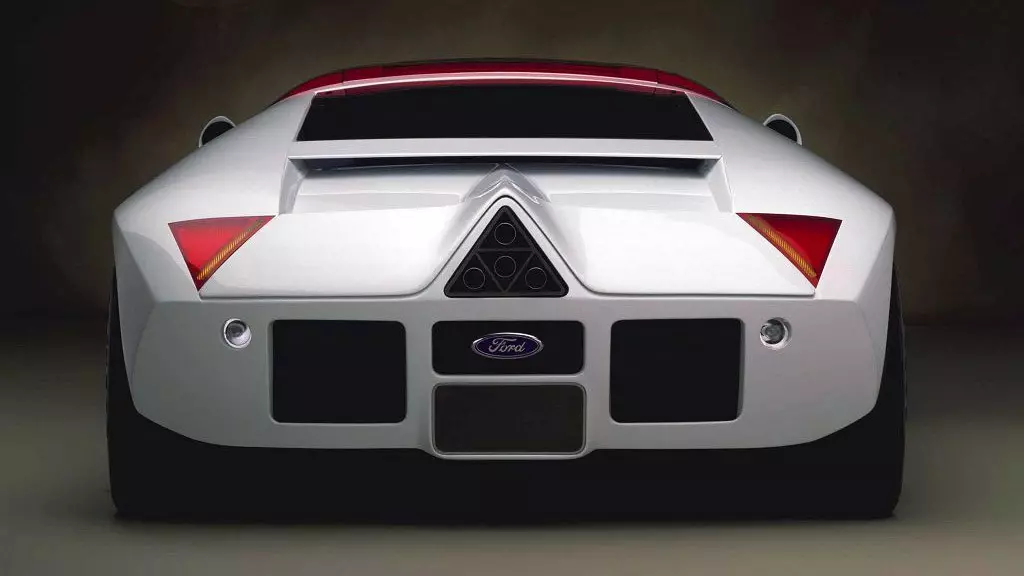
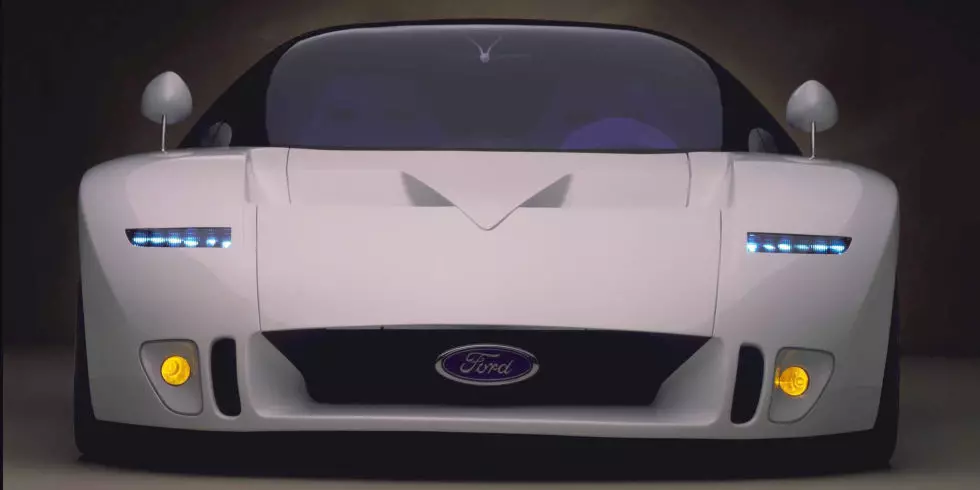
One of the details that attracts the most attention was undoubtedly the triangular design of the four exhaust outlets (above). According to the brand, the exhaust temperatures were so high that the heat coming out of the exhaust was enough to deform the body panels . The solution to this problem was to place ceramic plates similar to those of NASA rockets.
As on the outside, the geometric shapes also extended to the cabin, dominated by shades of blue. Whoever got into the Ford GT90 guarantees that it was more comfortable than it looked, and unlike other supersports, getting in and out of the vehicle was quite easy. We want to believe...
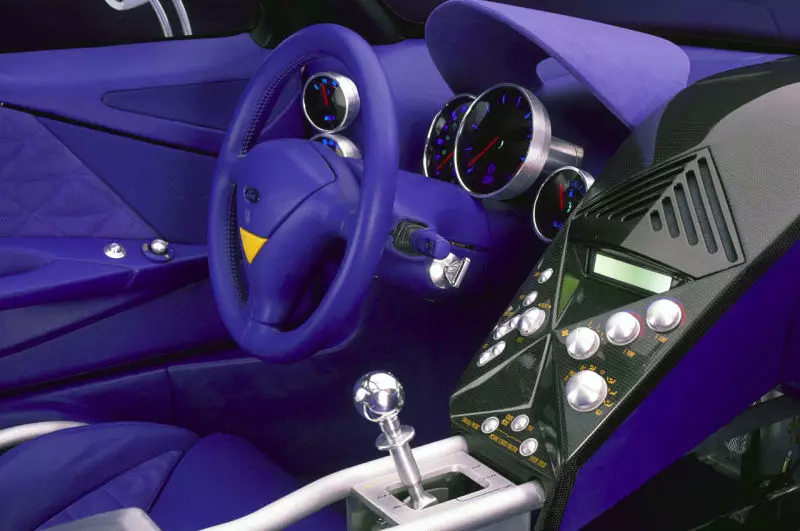
Mechanics and performance: numbers that impressed
Underneath all this audacity, we found nothing less than a V12 engine with 6.0 l in the center rear position, equipped with four Garrett turbos and mated to a five-speed manual gearbox.
This block was able to generate 730 hp of maximum power at 6600 rpm and 895 Nm of torque at 4750 rpm . Apart from the engine, the Ford GT90 shared components with another dream machine from the 90s, the Jaguar XJ220 (in 1995 the British brand was managed by Ford).
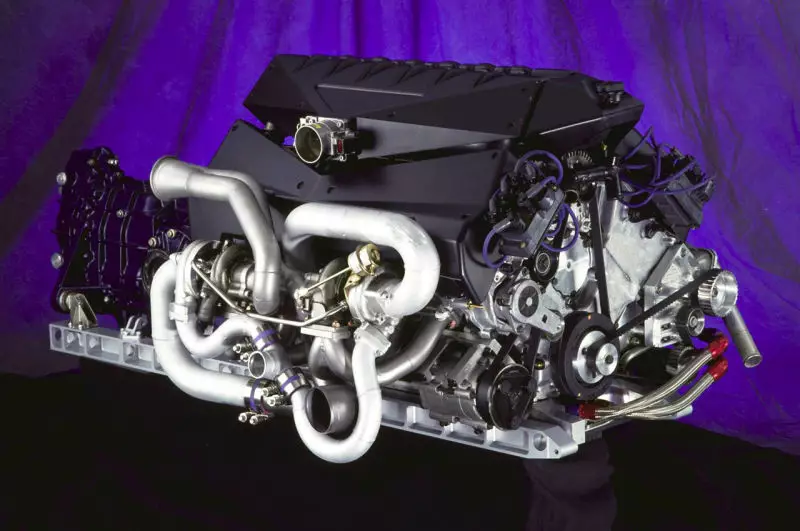
Once on the road — or rather on track — the Ford GT90 took a scant 3.1s of the 0-100 km/h. Although Ford has announced an official top speed of 379 km/h, some say that the American sports car was capable of reaching 400 km/h.
So why was it never produced?
During the presentation of the GT90 in Detroit, Ford expressed its intention to launch a series limited to 100 units of the sports car, but later assumed that this was never the main objective, although much of the press was impressed by its behavior in road.Jeremy Clarkson himself had the opportunity to test the Ford GT90 on Top Gear in 1995 (in the video below), and at the time he described the feeling as “heaven is really a place on earth”. It's all said isn't it?
New Edge Design
The "New Edge Design" language introduced by the Ford GT90 ended up being the kick-off for other models of the brand in the 90s and 2000, such as the Ka, Cougar, Focus or Puma.
The world didn't get, at the time, a successor to the mythical Ford GT40, but it did get this… yey!
